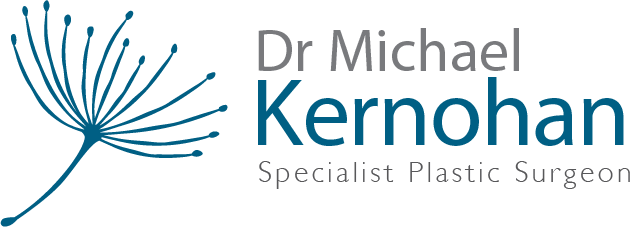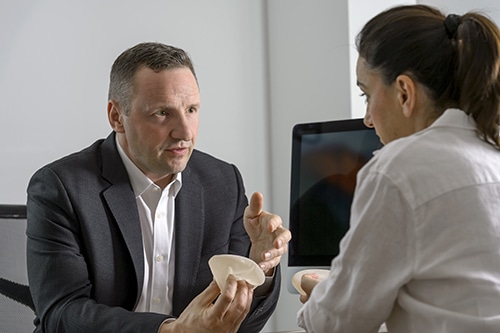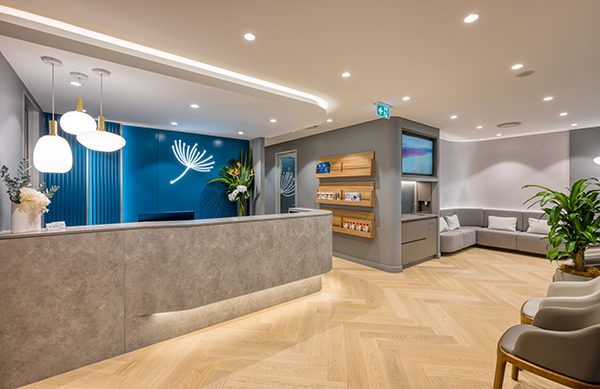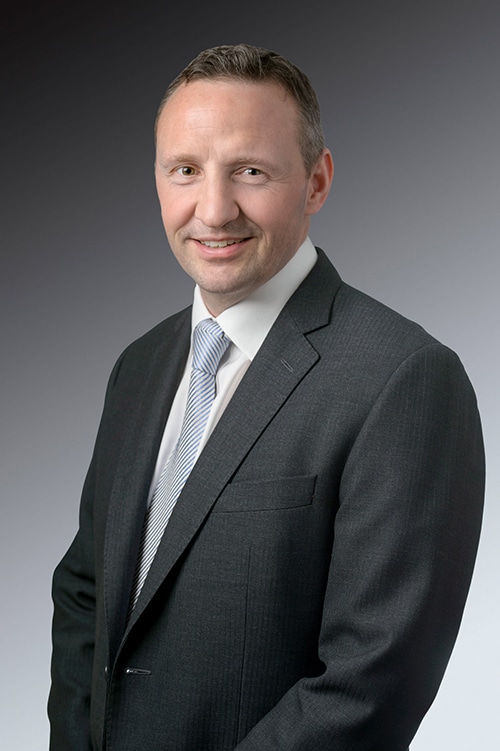How Rhinoplasty Can Reshape a Bulbous Nose
The nose is one of the most prominent features on the face, and its shape can impact overall facial appearance. A bulbous nose is characterised by a rounded, wide tip that lacks definition and can appear disproportionate to the rest of the face.
One option for those looking to change the shape of their nose is a bulbous nose surgery, or rhinoplasty.
Dr Michael Kernohan is a Sydney specialist plastic surgeon regularly performing rhinoplasty procedures.
Take the Quiz
Bulbous Nose – What Is It and What Are the Causes?
A bulbous nose is a nose that is larger than average, typically has a round shape, and is more prominent than other facial features. It can be caused by genetics, lifestyle factors, or medical conditions.
Genetically, certain people are naturally predisposed to having a bulbous nose, meaning that the shape is determined by their genetic makeup. Those with a bulbous nose often have thicker skin on the nose, which makes the nose appear larger than other facial features.
Lifestyle factors can also cause a bulbous nose. For instance, long-term sun exposure can cause the nose to become thicker and larger. Similarly, people who are exposed to dust, dirt, and pollution may also see their nose become larger and bulbous over time.
There are also medical conditions that can lead to a bulbous nose. These include conditions such as rhinophyma, which is a type of rosacea that affects the nose, and nasal polyps, which can cause the nasal passages to become blocked and result in a bulbous appearance
The characteristics of a bulbous nose can include:
- Wide, rounded tip: A bulbous nose often has a rounded, wide tip that lacks definition
- Excessive nostril flare: The nostrils may appear large and flared, which can further emphasise the rounded tip
- Soft tissue excess: The nose may have an overall “soft” appearance, with excess soft tissue that can make the nose appear larger than it actually is
- Lack of definition: A bulbous nose can lack clear contour and definition, which can make it appear out of proportion with the rest of the face
- Disproportionate to other facial features: The size and shape of a bulbous nose can make it appear disproportionate to the other facial features
- Asymmetry: A bulbous nose may be asymmetric, with one side of the nose appearing larger or more pronounced than the other
Why People Might Seek a Nose Job to Correct A Bulbous Nose
Many people may seek a nose job to reduce the size and shape of their bulbous nose. This can provide an altered appearance and a balanced facial structure.
In addition, a nose job can also help to improve breathing. A large or bulbous nose can cause a person to have difficulty breathing through their nose, which can lead to snoring, sleep disturbances, and other breathing issues. A nose job can help to reduce these symptoms and provide better airflow.
Options for Reducing the Appearance of a Bulbous Nose
The option for reducing the appearance of a bulbous nose depends on your unique features, goals, and preferences. However, in general, the most effective methods are surgical options such as rhinoplasty.
Rhinoplasty for Bulbous Nose
Rhinoplasty is a surgical procedure that can help reshape a bulbous nose by altering the underlying structure of the nose. During a rhinoplasty, your surgeon makes incisions inside the nostrils or across the skin between the nostrils to access the nasal structure.
Depending on the patient, your surgeon can then reshape the cartilage, bone, and tissue of the nose to create a more defined and balanced appearance. This can involve reducing the size of the nostrils, refining the nasal tip, and correcting any asymmetries.
How Rhinoplasty Is Performed to Correct a Bulbous Nose?
The procedure can be performed using either an open or closed technique, depending on your surgeon’s preference and the patient’s individual needs.
During an open rhinoplasty, the surgeon makes an incision on the columella (the tissue that separates the nostrils) in addition to incisions inside the nostrils. This allows the surgeon to lift the skin of the nose and have better access to the nasal structure, making it easier to make more significant changes. A closed rhinoplasty, on the other hand, involves making all of the incisions inside the nostrils and does not require an incision on the columella.
Once the incisions are made, your surgeon can then reshape the cartilage, bone, and tissue of the nose to create a more defined and balanced appearance. This can involve reducing the size of the nostrils, refining the nasal tip, and correcting any asymmetries.
After the desired changes are made, the surgeon then carefully closes the incisions using sutures. The nose is then typically splinted and bandaged to protect it during the healing process.
The entire procedure typically takes between 1 and 3 hours, depending on the extent of the changes being made. After the surgery, patients can expect some swelling and bruising, but this typically subsides within a few weeks. The full results of the procedure may take several months (even up to a year) to become fully visible, but most patients report a significant improvement in the appearance of their nose.
Click to Download Dr Michael Kernohan Rhinoplasty Guide
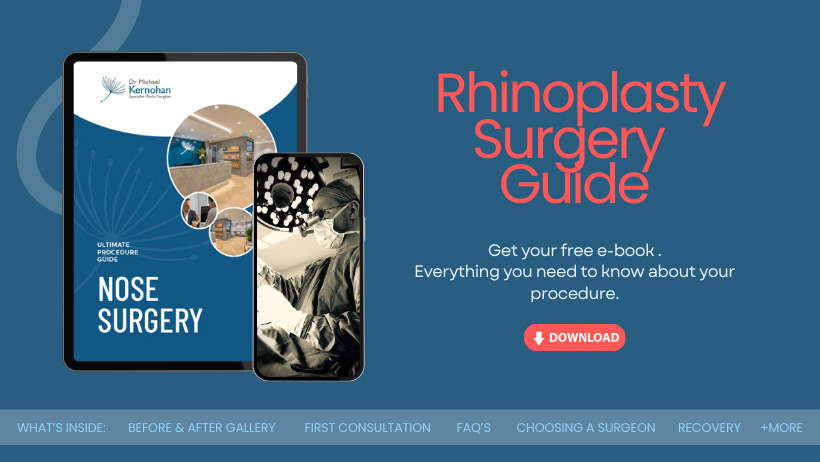
Non-Surgical Options to Correct a Bulbous Nose
There are several non-surgical options that can help improve the appearance of a bulbous nose:
- Contouring makeup: Using contouring makeup can help create the illusion of a more defined and contoured nose. This technique involves using darker shades to create shadows and lighter shades to highlight specific areas of the nose
- Dermal fillers: Injectable dermal fillers can be used to add volume and definition to specific areas of the nose, such as the bridge or tip.
It is important to note that while these non-surgical options can help alter the appearance of a bulbous nose, they are not permanent solutions. If you are looking for a more long-lasting solution, rhinoplasty surgery may be a better option.
FAQs about Correcting a Bulbous Nose
What causes a bulbous nose?
A bulbous nose is typically caused by a combination of genetic and anatomical factors. Some common causes include:
- Thick nasal skin: People with thick nasal skin may be more prone to a bulbous nose, as the skin can obscure the underlying nasal structure and make the nose appear larger than it actually is
- Rounded nasal tip cartilage: The cartilage at the tip of the nose may be naturally rounded or bulbous in shape, creating a wide or undefined nasal tip
- Enlarged nostrils: In some cases, the nostrils may be enlarged, which can further emphasise the bulbous appearance of the nose
- Nasal trauma: A bulbous nose can also be caused by nasal trauma or injury, such as a broken nose. This can result in a shift in the nasal structure or cartilage, leading to a more rounded appearance
- Ageing: Over time, the skin and cartilage of the nose can change, leading to a more bulbous appearance
What is the recovery for bulbous nose surgery?
The recovery period for bulbous nose surgery, which typically involves rhinoplasty, can vary depending on the extent of the procedure and the individual patient’s healing process. In general, patients can expect some swelling, bruising, and discomfort in the days and weeks following the surgery. Here are some general guidelines for the recovery period:
- The first few days after surgery, patients may experience some pain, swelling, and bruising around the nose and eyes. The surgeon will provide pain medication to help manage any discomfort
- Your surgeon will typically place a splint on the nose to help support and protect it during the healing process. The splint will usually be removed after about a week
- You should avoid strenuous physical activity or exercise for several weeks after surgery to prevent any strain on the healing nasal tissues
- It is important to keep the nose elevated and avoid lying on the side or stomach for several weeks after surgery to help reduce swelling
- You should avoid blowing their nose for at least a week after surgery, as this can disrupt the healing process and increase the risk of bleeding
- The full results of the surgery may take several months to become fully apparent, as the swelling and bruising subside and the nasal tissues continue to heal
What not to do after rhinoplasty?
Here are some things to avoid after rhinoplasty:
- Avoid blowing your nose for at least a week after surgery. Blowing your nose can increase the risk of bleeding and disrupt the healing process
- Avoid any activities that could put stress on the nose, such as contact sports or heavy lifting, for several weeks after surgery
- Do not wear glasses that rest on the bridge of the nose for at least six weeks after surgery, as this can put pressure on the healing tissues
- Avoid exposing the nose to extreme heat or cold, as this can affect the healing process
- Do not consume alcohol or smoke for several weeks after surgery, as this can increase the risk of complications and slow the healing process
- Do not touch or pick at the nose, as this can disrupt the healing process and increase the risk of infection
- Avoid excessive sun exposure or tanning, as this can cause scarring and discolouration
How long do the results of rhinoplasty for a bulbous nose last?
- The results of rhinoplasty for a bulbous nose are generally long-lasting, although some minor changes may occur over time as the nose continues to age. The specific duration of the results will depend on various factors, including the extent of the surgery, the patient’s age and overall health, and how well the patient follows post-operative care instructions.
Can rhinoplasty improve my breathing?
- Yes, rhinoplasty can be used to correct structural abnormalities in the nose that may be causing breathing difficulties. This may include repairing a deviated septum, reducing nasal congestion, or correcting other issues that affect the nasal passages.
Further Reading about Nose Surgery with Dr Kernohan
- Read Dr Kernohan’s blog about How to Make Your Nose Smaller
- Read Dr Kernohan’s Rhinoplasty Surgery Page
- Read Dr Kernohan’s Nasal Tip Contouring & Mini Nose Job
- Read Dr Kernohan’s blog about Types of Nose Shapes and Nose Jobs
- Read Dr Kernohan’s blog about Will Medicare Cover My Nose Surgery/ Rhinoplasty?
Medical References about Correction of Bulbous Nose
- Rhinoplasty -Mayo Clinic
- Crooked Nose: Surgery and Exercises – Medical News Today
- Management Of the Bulbous Nose – NCBI
